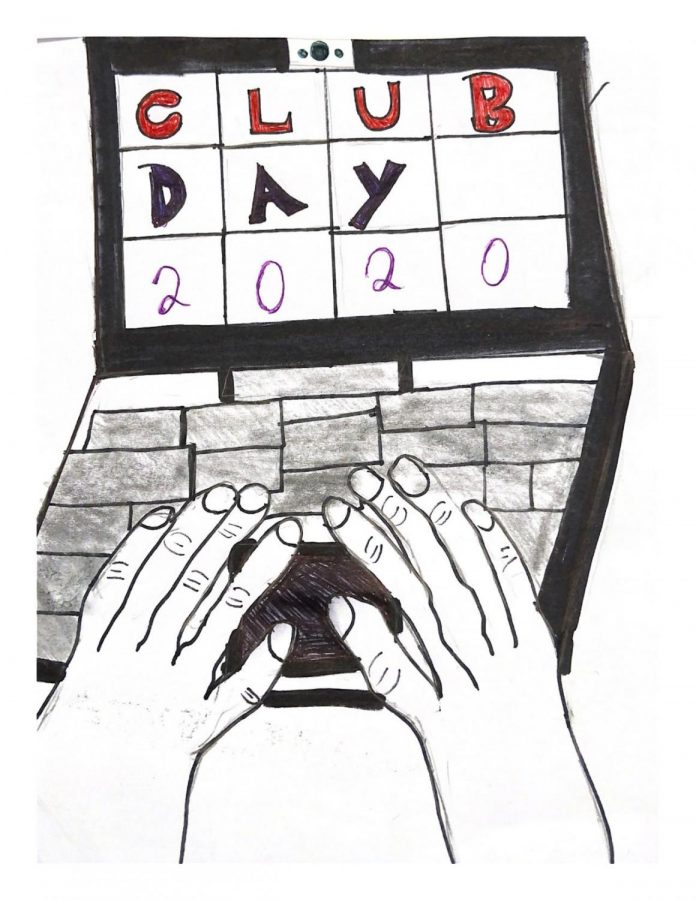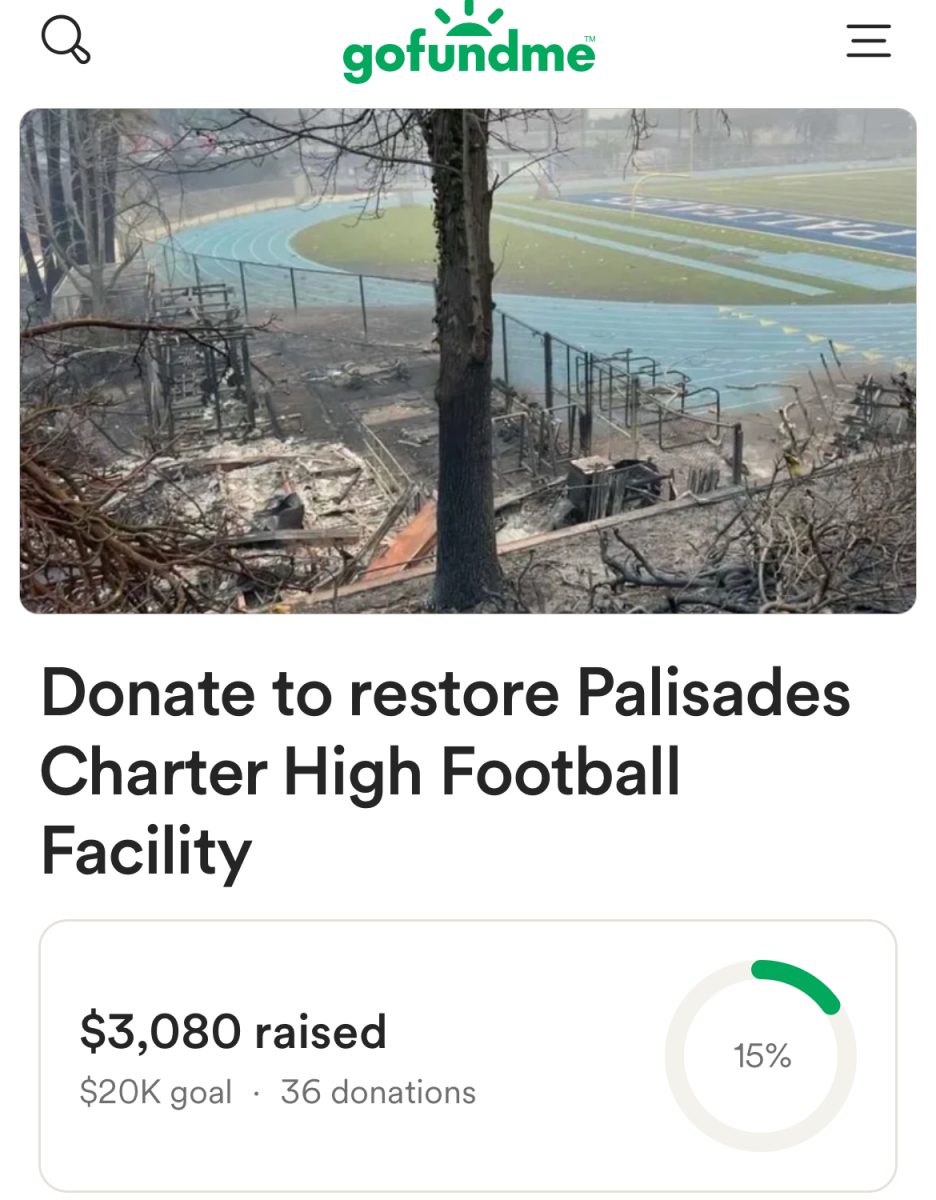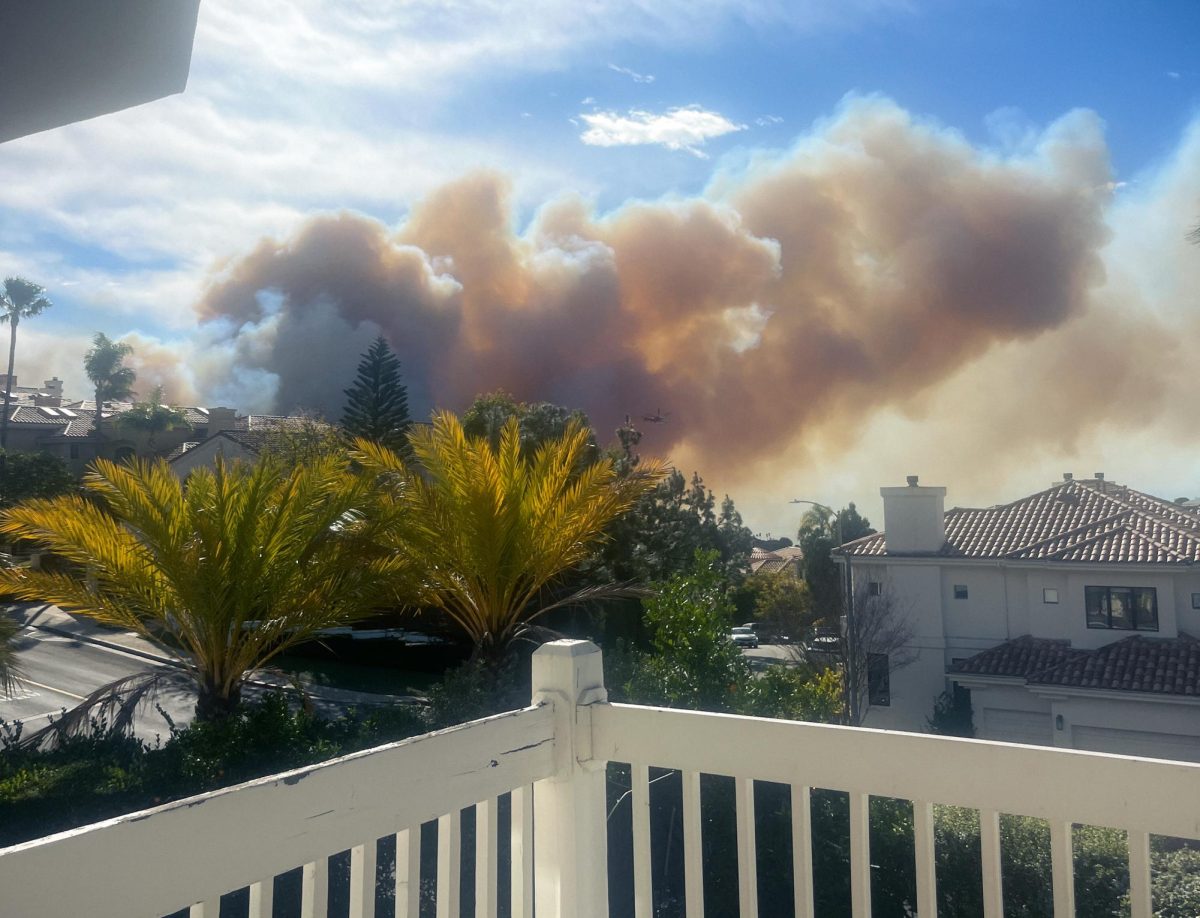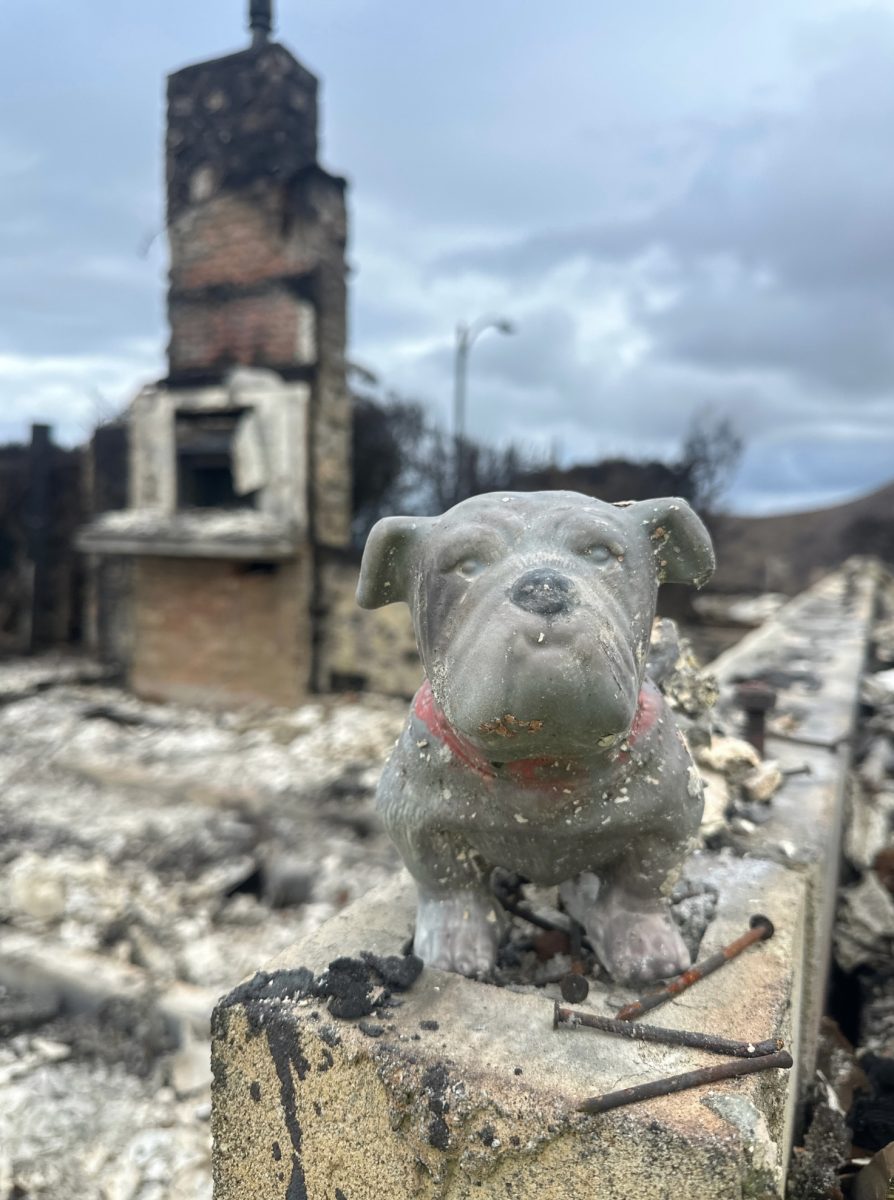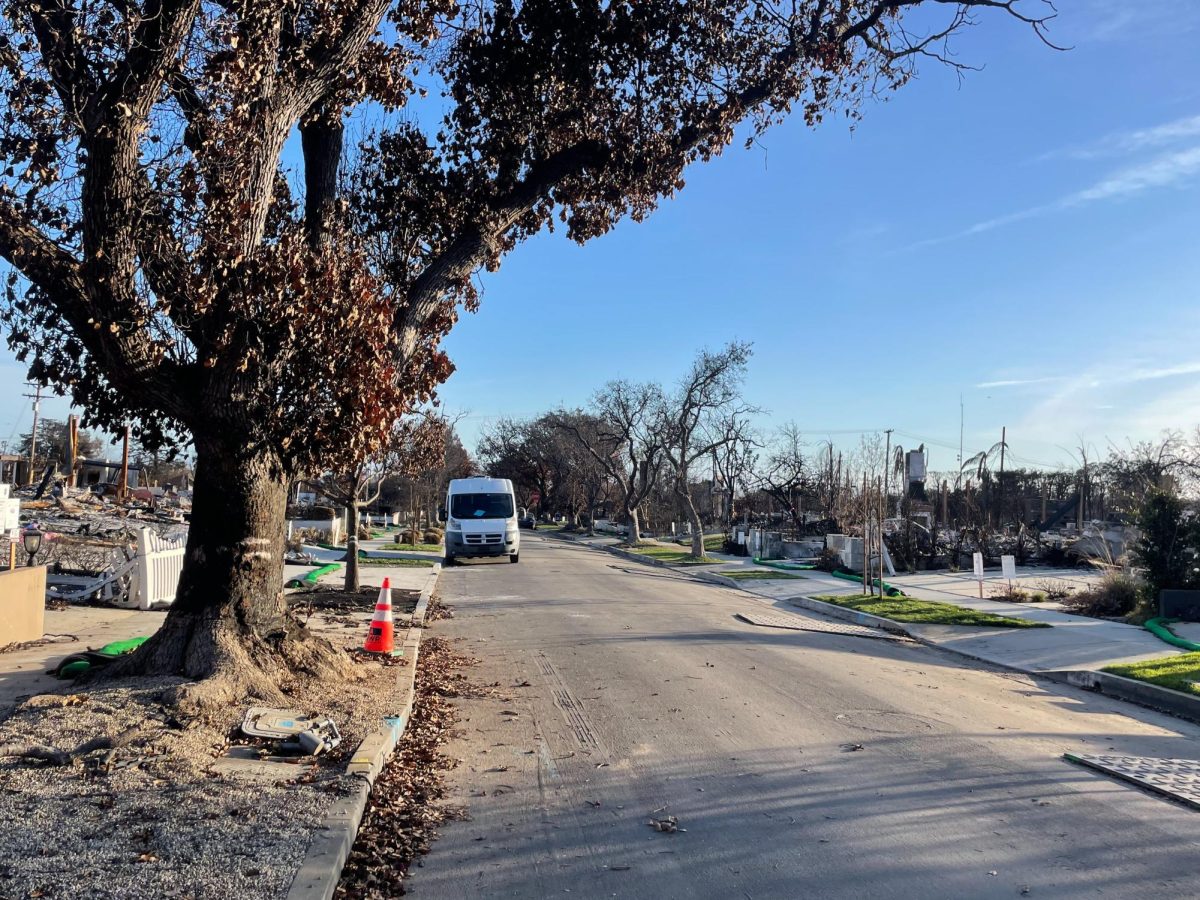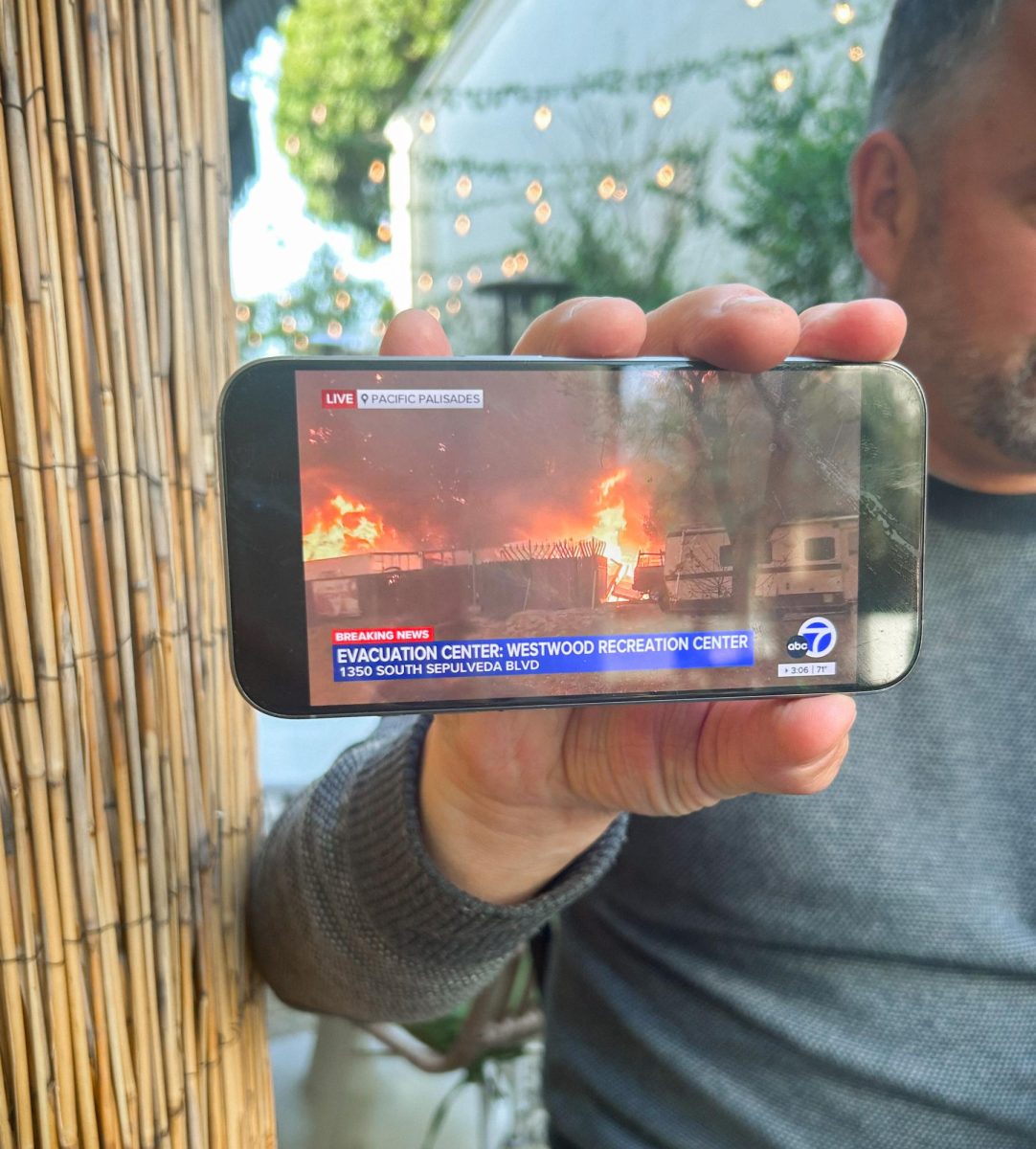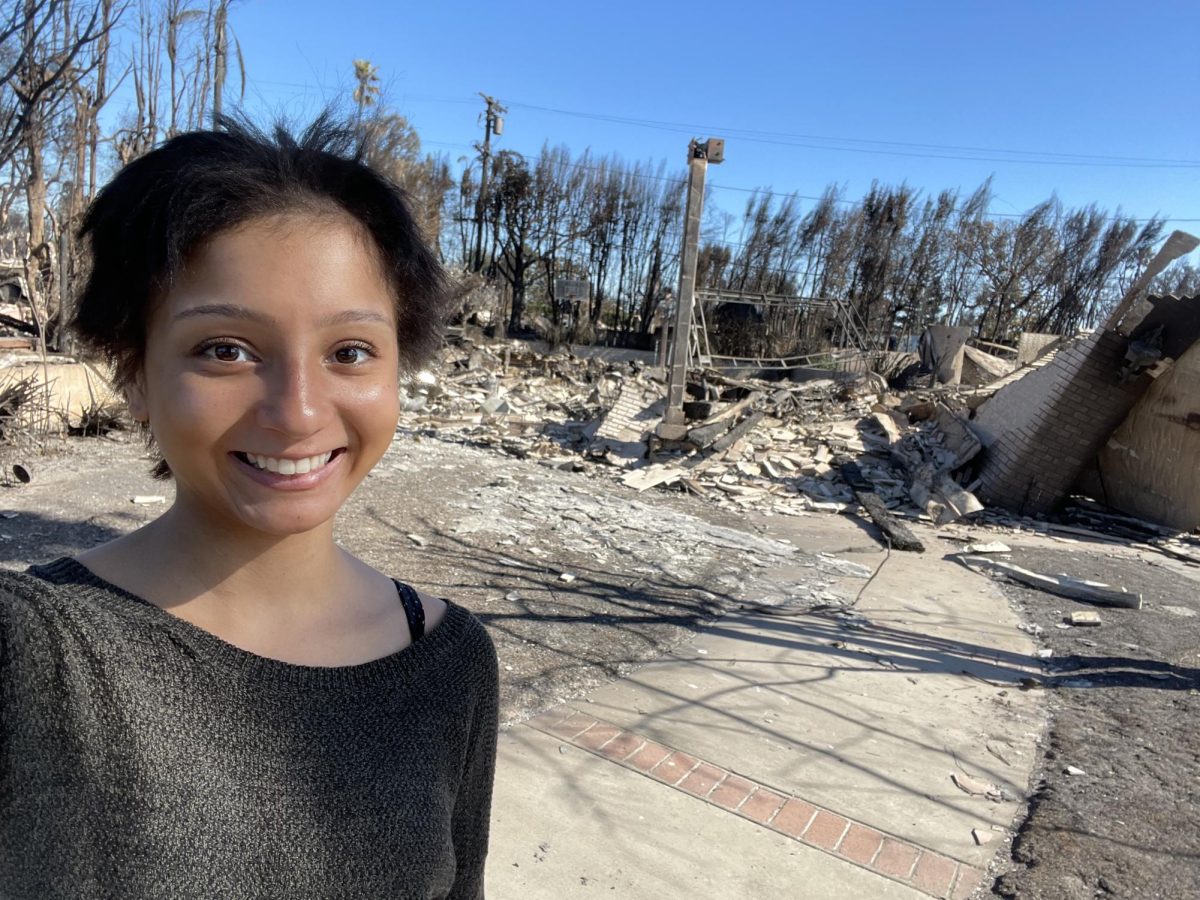Pali’s First Virtual Club Day
November 19, 2020
In a normal year, Pali’s annual Club Day allows students to stroll through the crowded quad to sign up for clubs and meet new people. The walkways are packed with eager students and club representatives; tables are decorated with colorful, eye-catching posters and covered with candy to persuade interested students to join their clubs.
Like every other event at Pali that changed because of the switch to eLearning, Club Day had to be reorganized to meet new challenges and needs.
That’s how Club Day-by-Zoom was born, Pali’s first virtual buffet of extracurriculars. Service-based clubs invited students to their Zoom presentations after school on Thursday, Sept. 24, and interest-based clubs did the same on Friday, Sept. 25.
Pali’s Associated Student Body (ASB) took on the challenge of restructuring the event. As Commissioner of Student Involvement for ASB and leader of the club committee, it was sophomore Peter Garff’s job to make logistical decisions regarding Club Day and to advertise the revamped virtual event. “Unlike before, there was not a basic script to follow for planning Club Day,” Garff said. “The whole process had to be rethought by myself and the rest of the club committee.”
In a time when communication is more difficult and important than ever, Garff and ASB had to think of new, virtual ways to draw students’ attention to Club Day, including frequent emails, Google forms and Schoology posts.
Just like for academic classes, the Zoom platform presented technical difficulties for club leaders making pitches to students. The technical issues included non-connecting Zoom links, freezing screens and audio malfunctions. Luckily, ASB prepared for this and created two Google documents for service and interest-based clubs respectively, providing descriptions for all the clubs in case students could not join the meetings.
Despite the technical difficulties, virtual Club Day proved successful for Pali Thirst Project, which attracted several new members. Run by co-presidents Stella Becir and Jenna Barad, the service-based club is part of a nonprofit organization that addresses the global water crisis. The Pali Thirst Project holds fundraising events, such as concerts and movie nights, to raise money to build wells in Africa.
Although Becir expected a low turn out for the weekly club meetings, she said: “Somehow our numbers have been increasing at meetings. It could be due to the fact that people don’t have to use up their lunch time for meetings, which is a benefit to virtual clubs.
“While club meetings on Zoom can be socially awkward, I find them to be more organized and maybe even more productive,” she added. Similar to academic classes, the online format makes it harder for students to speak out of turn, therefore often resulting in a more successful and focused Zoom meeting.
Despite the organizational and productivity benefits, engaging students in a virtual environment proved difficult. Becir said that getting people to participate and work together at meetings has been a challenge. “It’s been hard to create a sense of family that is such an important aspect to any club,” she admitted.
Nevertheless, Garff believes that Pali’s first virtual club day ran smoothly. Thirty-two service-based clubs and 58 interest-based clubs offered enrollment, and approximately 120 students attended the event each day.
“The main goal of any club day is to increase student participation and despite the circumstances, I thought ASB and myself did a good job encouraging this,” Garff said. “It was amazing how so many students… worked together to put on this great event.”


